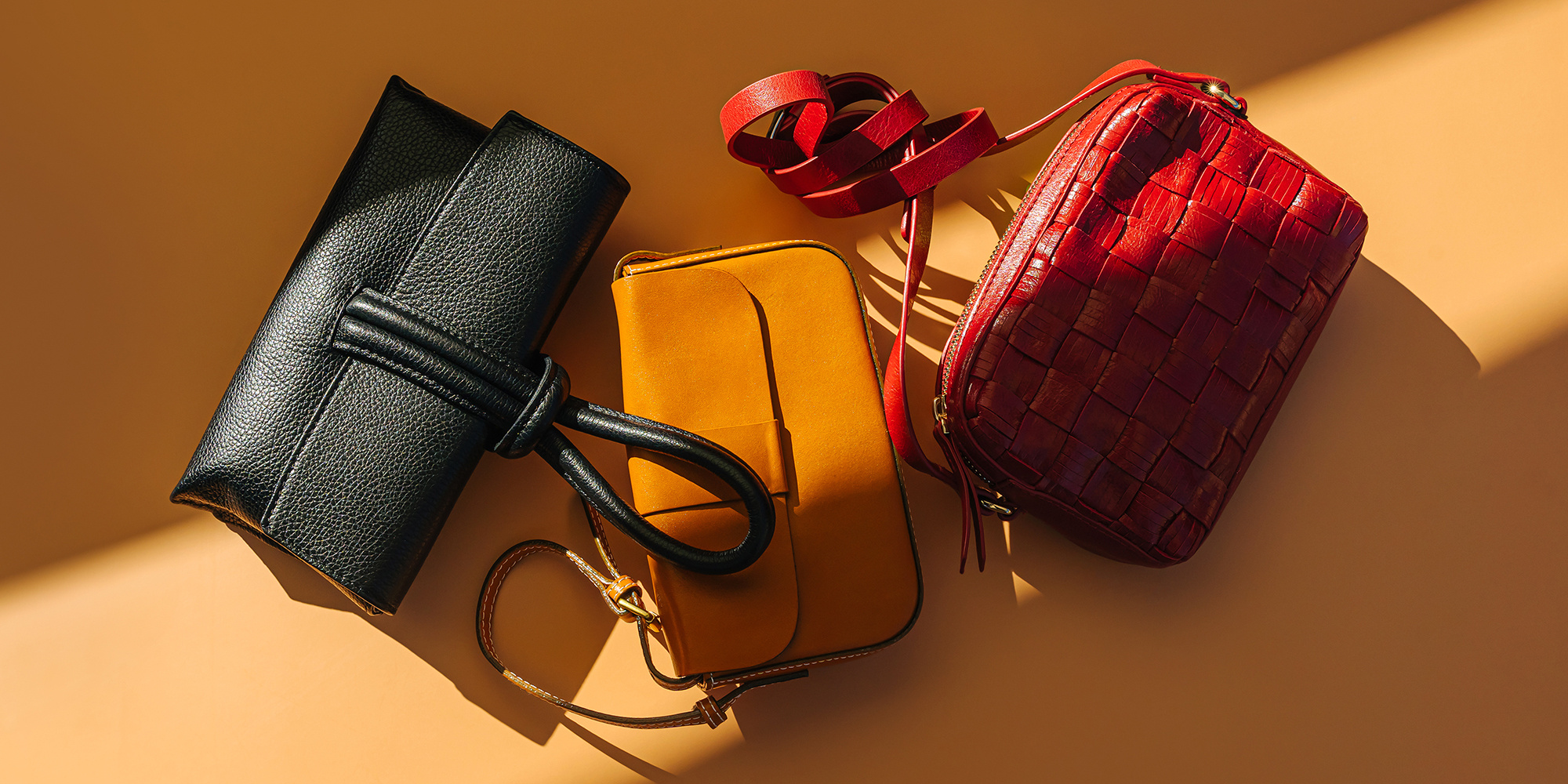Why brands and retailers are betting big on bags
Find out why retailers and brands are turning to handbags to offer shoppers newness and drive sales.

Handbags have come a long way. Originally mere accessories designed to go with apparel collections — which was true for early 20th century fashion brands — today’s bags are increasingly playing a lead role in the fashion industry’s business model.

There are plenty of good reasons for both brands and retailers to deepen their focus on handbags:
1. Handbags attract new customers
Handbag purchases can endear new customers to a brand, helping fashion shoppers try new-to-them designers. Bags also offer more affordable entries into the world of designer fashion. For example, Jacquemus went viral with the tiny “Le Chiquito” handbag and surging interest in the brand’s bags, eventually driving the bulk of their sales. Jacquemus now has more visibility for their apparel and shoe designs thanks in part to the success of their handbag business.
2. Bags offer a winning combo of practicality and creative expression
Consumers once expected their handbags to match their outfits, which strictly limited how creative those designs could be — but today, bags can serve as fashion-forward creative outlets for self-expression. Shoppers buy iconic handbag styles and use them across different outfits, creating opportunities for the fashion industry to become a bigger part of consumers’ lifestyles.
For some brands, investing in building their handbag business provides a way to hedge against an uncertain economy and appeal to shoppers’ sense of thrift. ‘Entry-level’ pricing gets shoppers to buy and customers feel like they’re getting more for their money because they can use that new handbag over and over again.
3. Brand collaboration opportunities
Co-branding and collaboration opportunities abound in the handbag world, and those collabs don’t always have to be designer-to-designer.
Coach sells Disney merchandise, but the leather goods brand has also participated in collaborations with video games (Roblox) and Zabar’s deli in NYC, among other partnerships that resulted in pop-up events, special-edition handbags, and other swag for their fans.
As you build your collaborations, you can grow your following and further establish your business as a lifestyle brand for your shoppers.
Designers and retailers can build partnerships that could expand into other types of collaborations and increase sales traffic. Handbags’ versatility make this product category fairly flexible and adaptable to various businesses, creative visions, and design collections.
Brands and retailers cash in on bags
Bags are a great way to expand what you sell, particularly alongside apparel and accessory collections. By offering more product lines across different categories, you have the opportunity to reach different consumers, potentially at different price points and at different levels of brand buy-in or loyalty to your business.
Consider this:
- Think about your target customers. Would an emphasis on handbags add or detract from your collections or assortments?
- Which aesthetics and price points would resonate with your customers?
- Would a collaboration make sense?
- Do you have the resources to support your SKUs in stores with spectacular visual merchandising? How will you merchandise your handbags for impact online?
- How can you work with your wholesale partners to bring handbags to the forefront and maximize sales?
Handbags can provide excellent opportunities for brand storytelling, and they have the power to diversify your collections or assortments. The right bags can help you reach new customers while helping you surprise and delight your most loyal shoppers.
Related articles
Get on the list
Wholesale tips and industry news you can’t miss, delivered weekly

